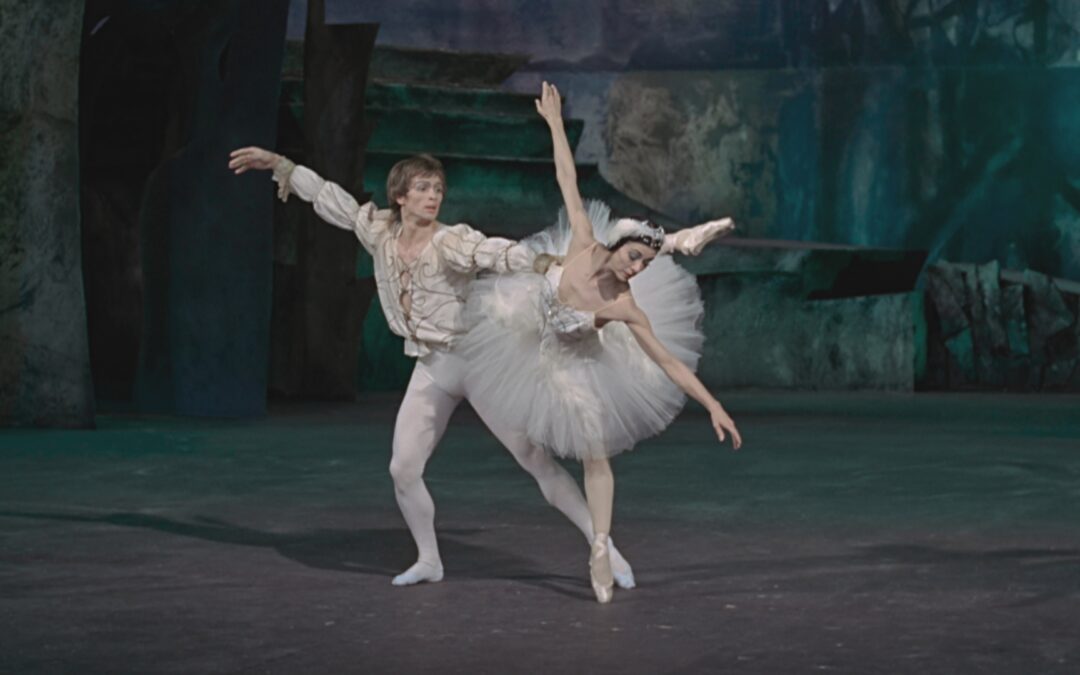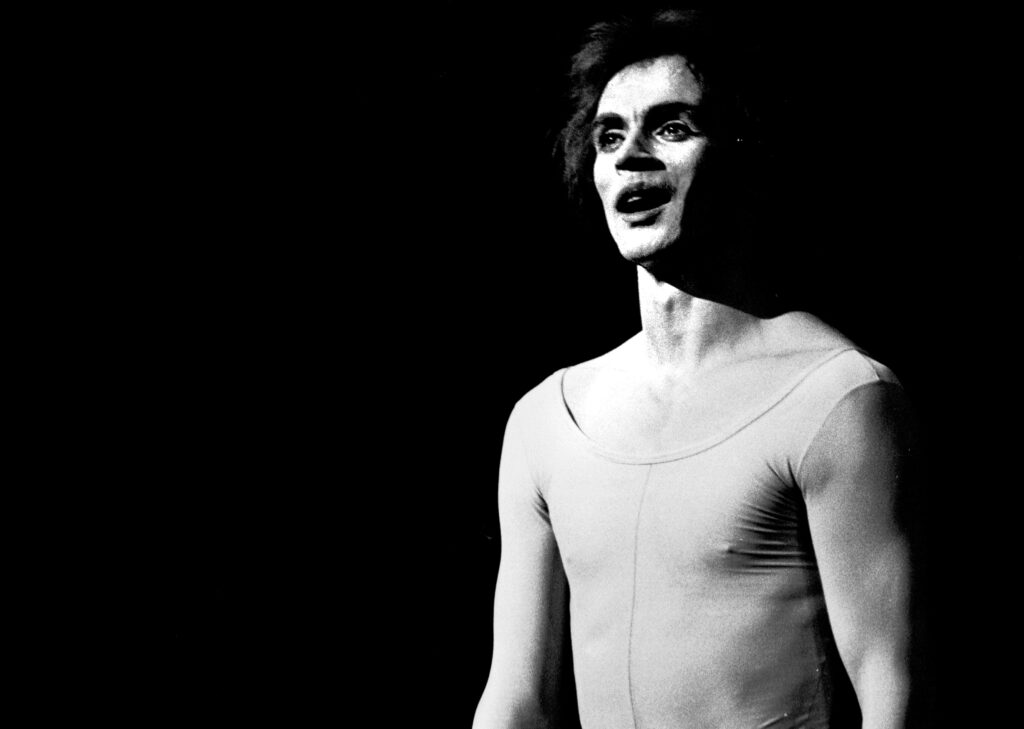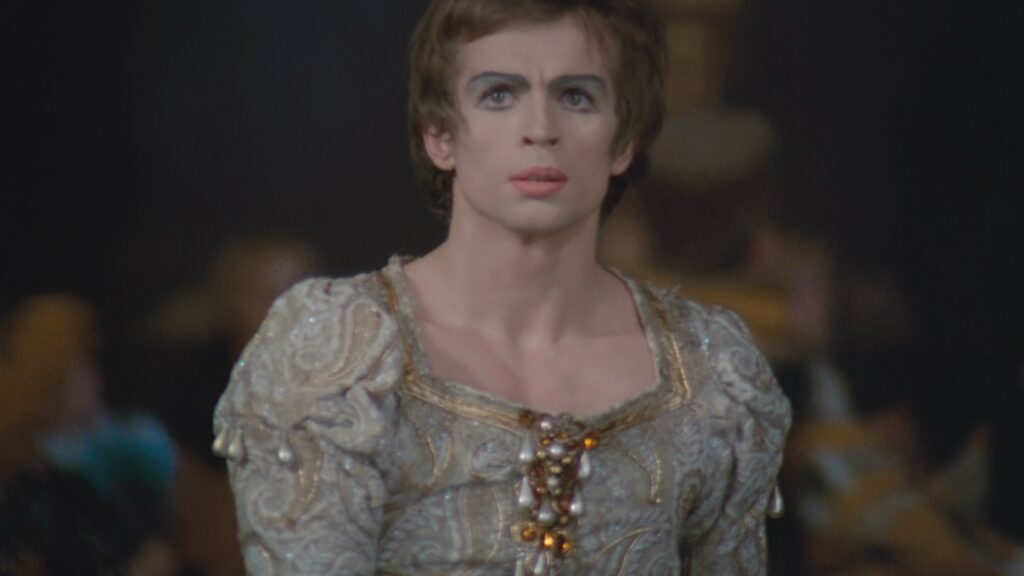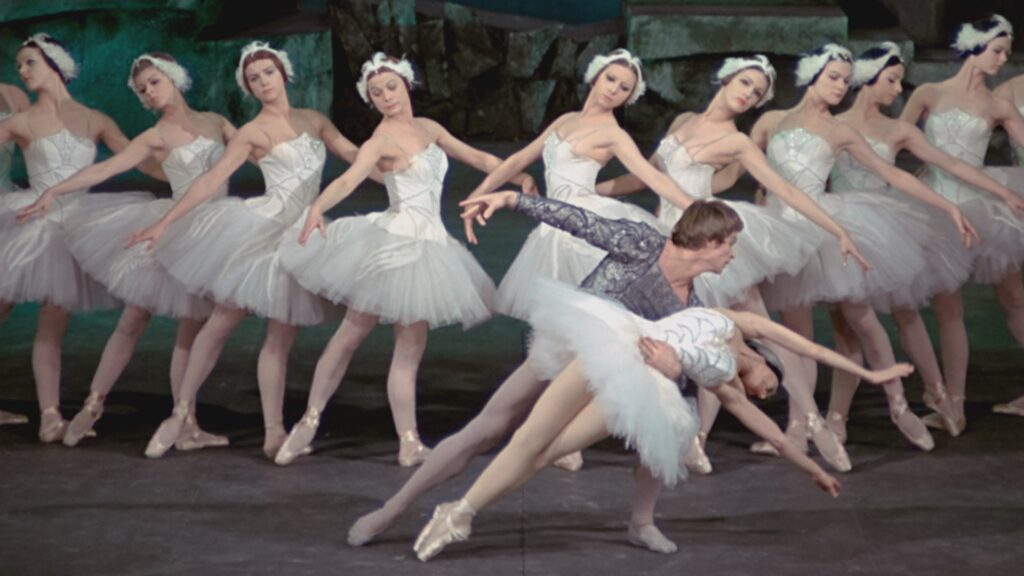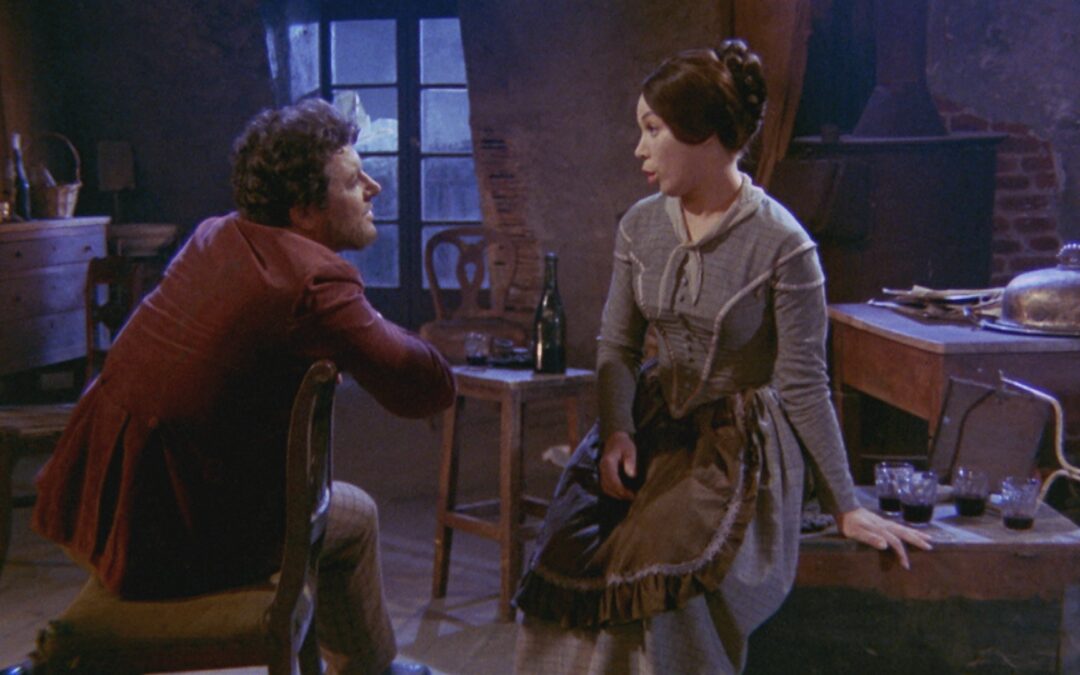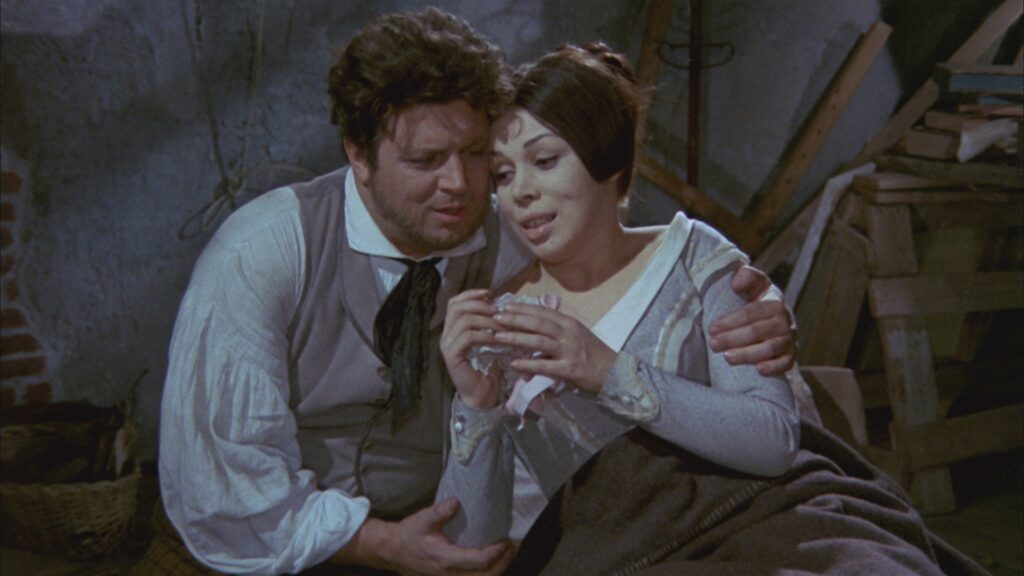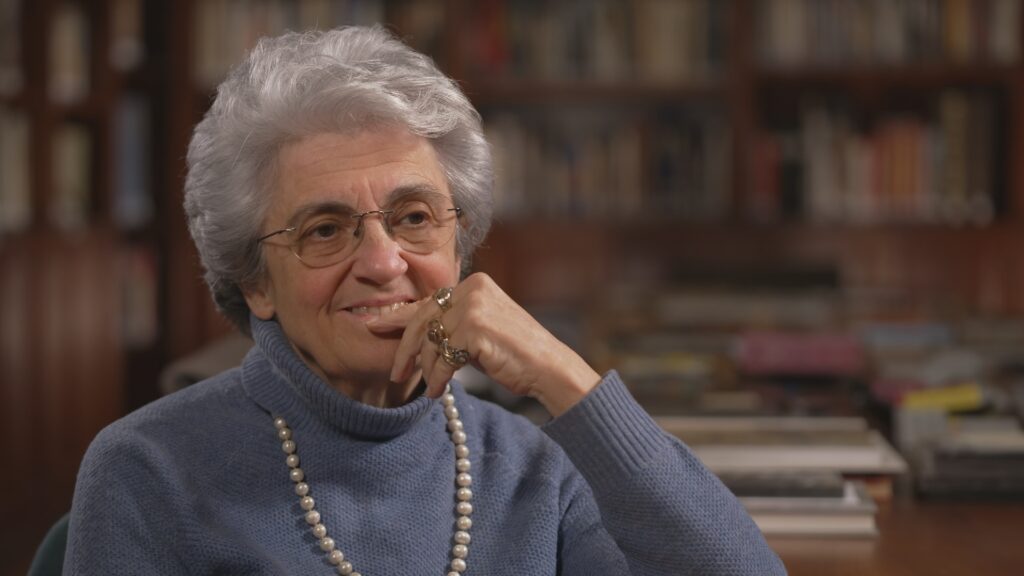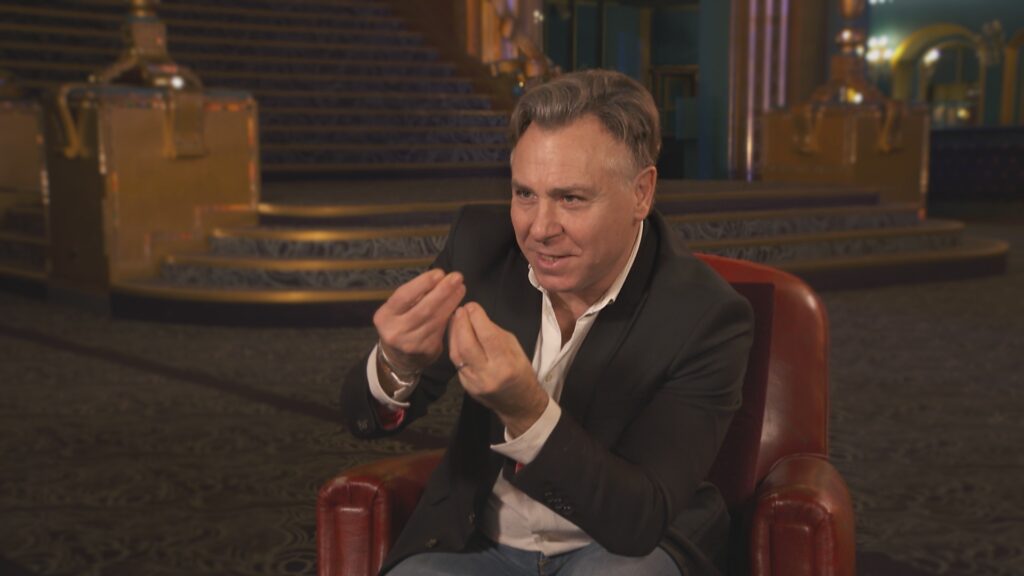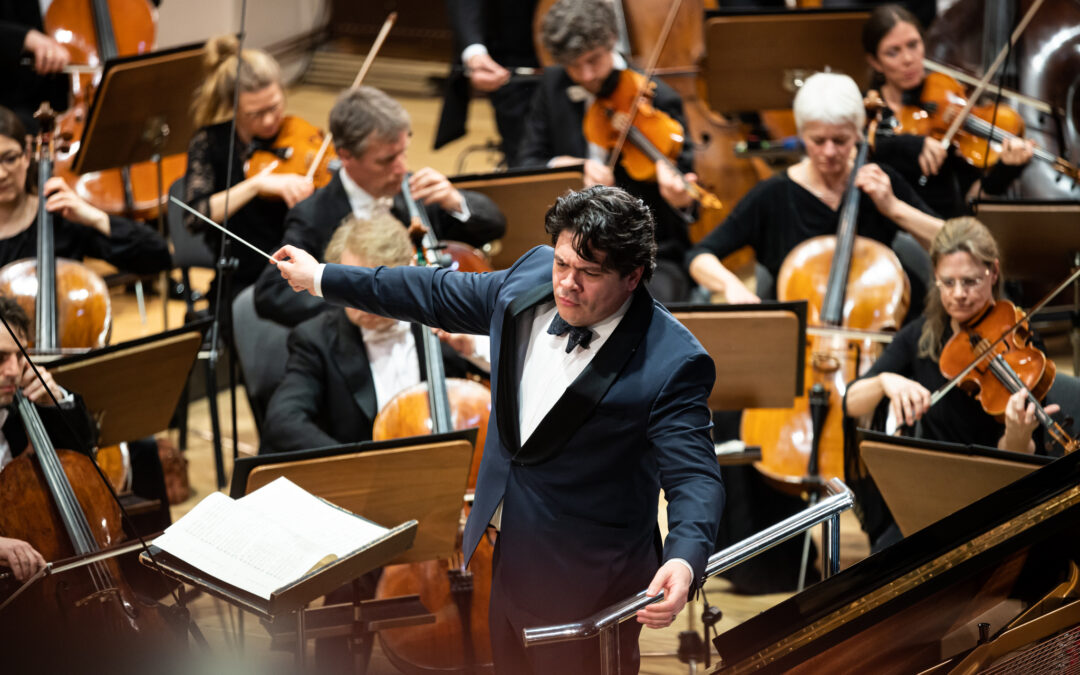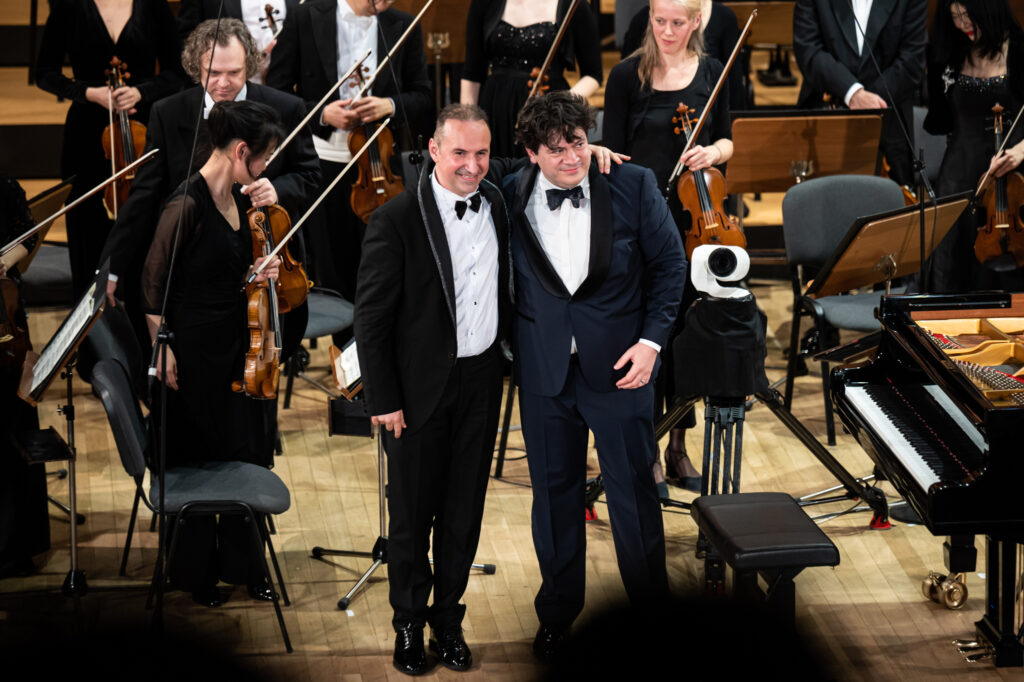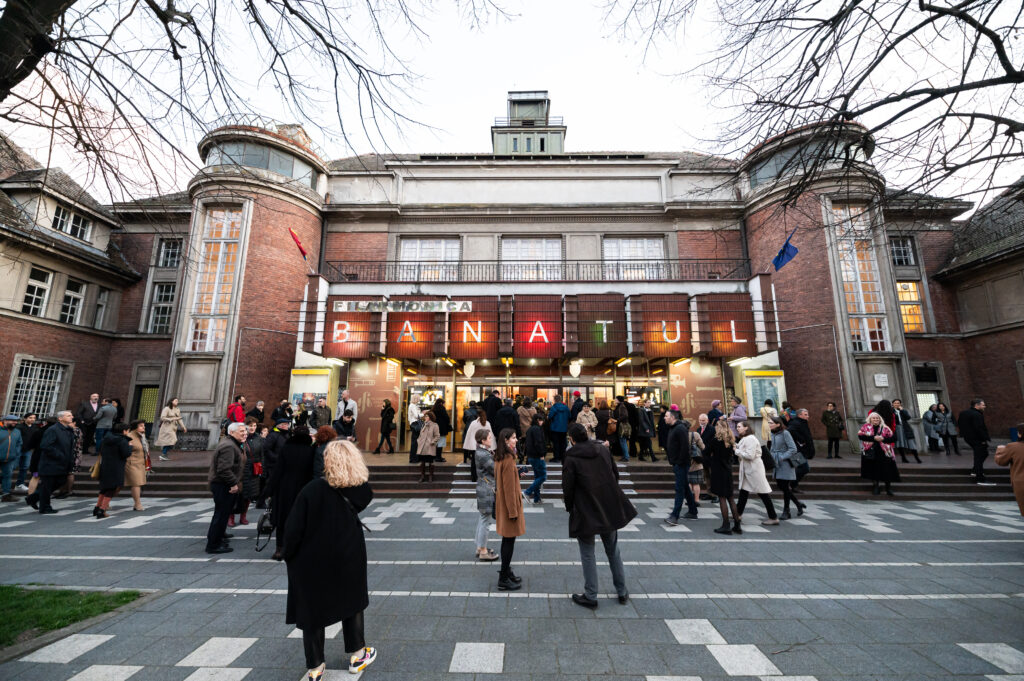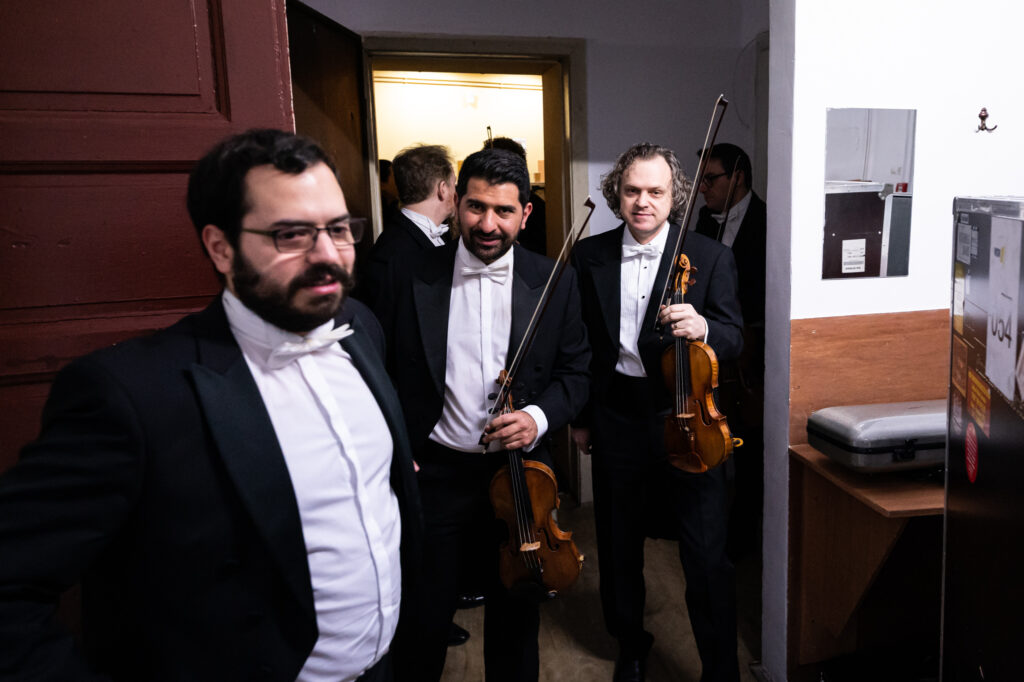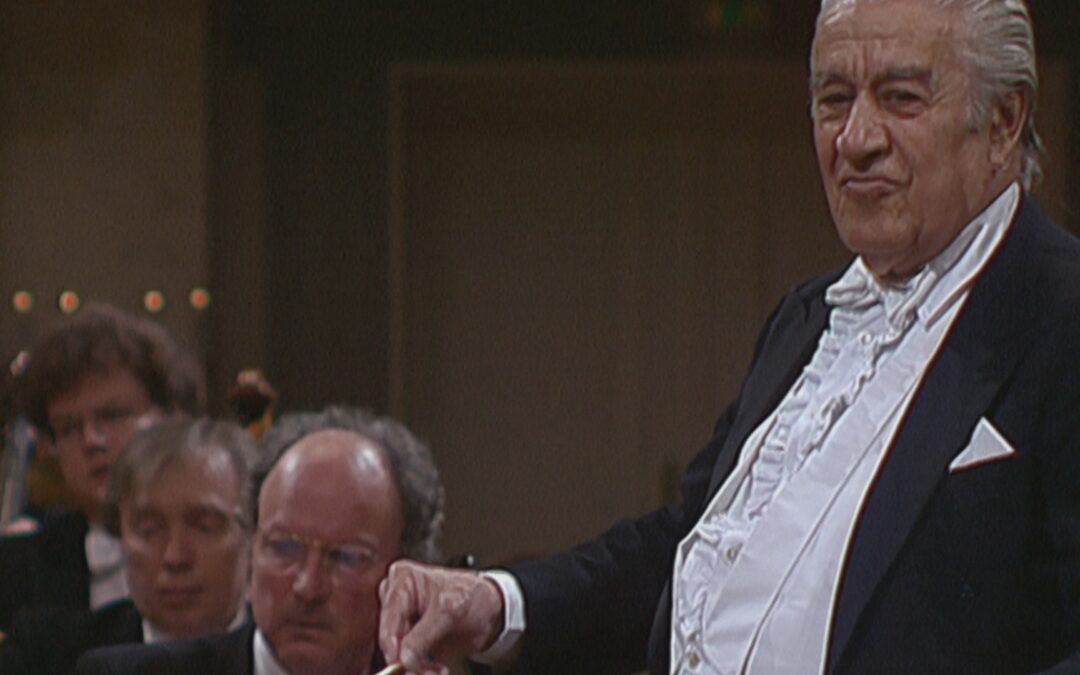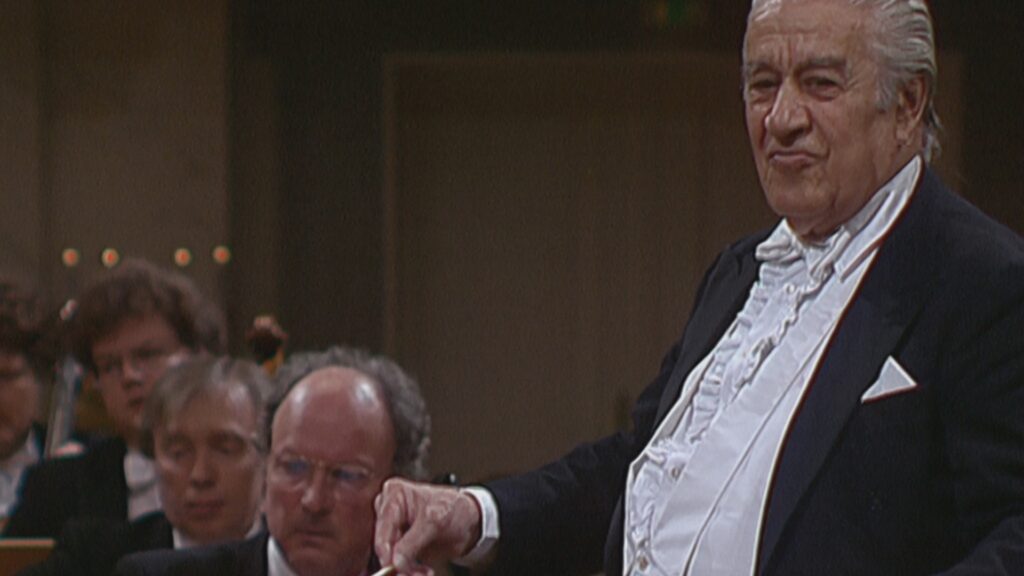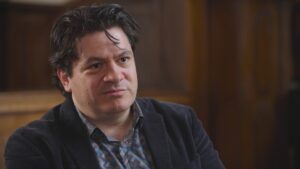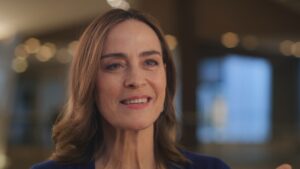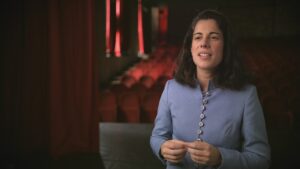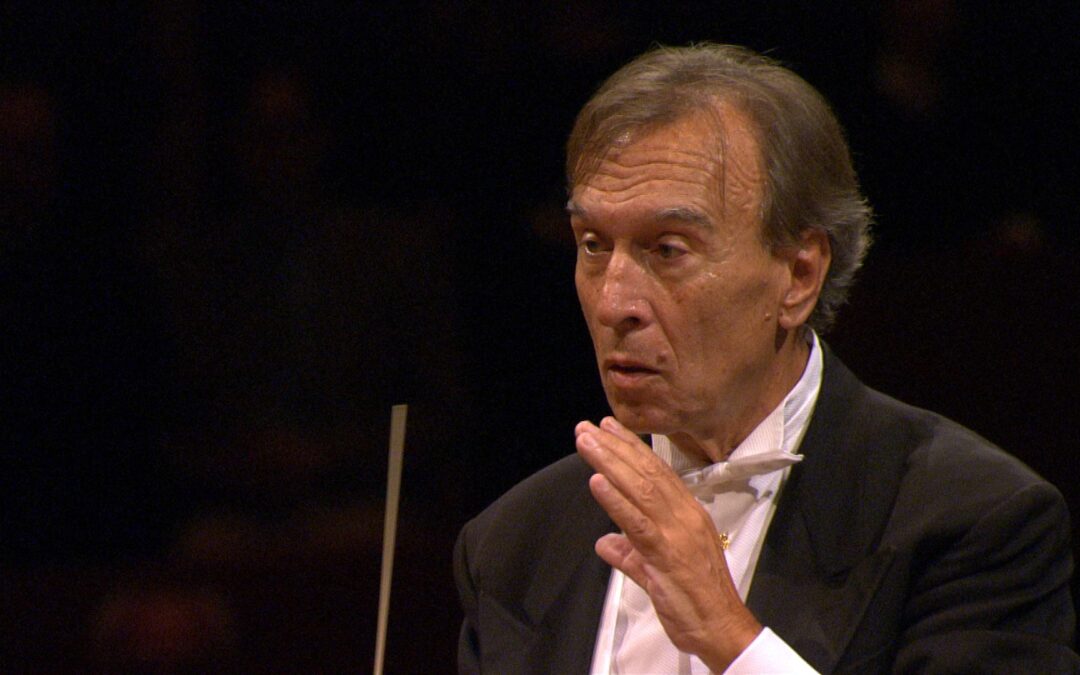
Magic Moments of Music | Abbado Conducts Mahler’s Second Symphony
Magic Moments of Music | Abbado Conducts Mahler's Second Symphony
A film by Magdalena Zieba-Schwind, ZDF/arte and C Major Entertainment, 52 minIn 2003, the world-famous conductor Claudio Abbado returns to the stage after battling cancer. He celebrates his return to life together with the very best instrumentalists and chamber music ensembles, comprising a who’s who of classical music. This emotional performance of Gustav Mahler’s 2nd symphony – “The Resurrection” – is set to become a magic moment of music.
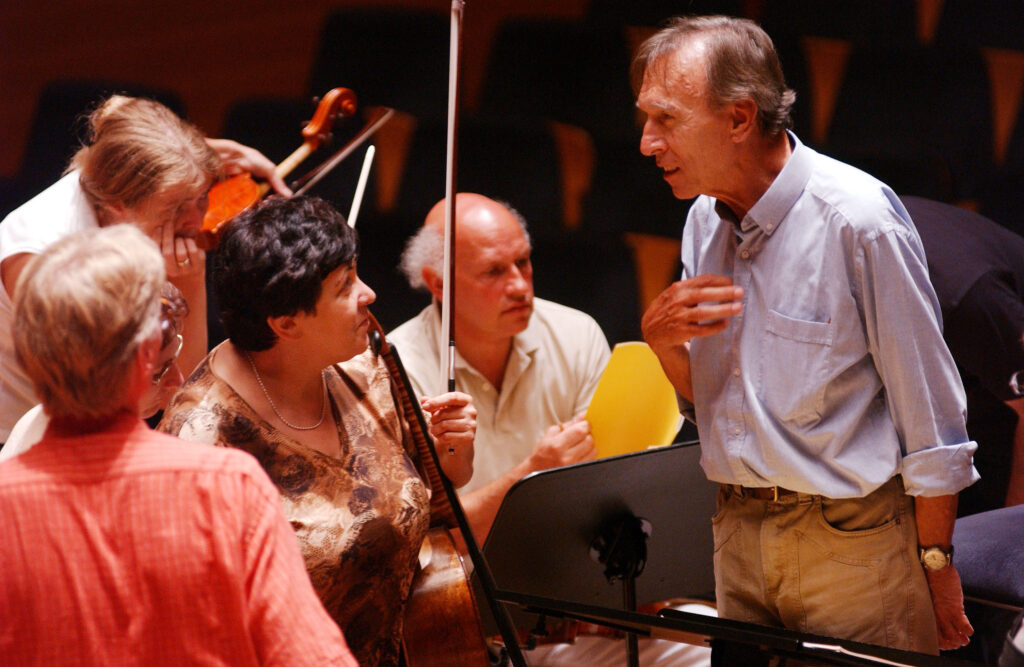
In 2003, after a battle with cancer, Claudio Abbado feels strong enough to take up the orchestra baton once again. For his return to the stage, he chooses Gustav Mahler’s 2nd Symphony, also known as the “Resurrection Symphony” – a gigantic work fit for an orchestra of superlatives. On this occasion, the Lucerne Festival Orchestra is made up of specially selected soloists and orchestral and chamber musicians with whom Abbado has performed on all the world’s stages. It is a distinguished “orchestra of friends” that celebrate his return to life together with him.
This magic moment grapples with such questions as the meaning of life, love, freedom and suffering – themes that run through Mahler’s music as well as the life story and personality of Claudio Abbado. “I shall die in order to live” goes the text of the Resurrection Symphony. During the concert, the conductor Abbado – still unwell with cancer – sings along with the choir. It is a profoundly emotional moment, not just in the life of the conductor but in classical concert history.
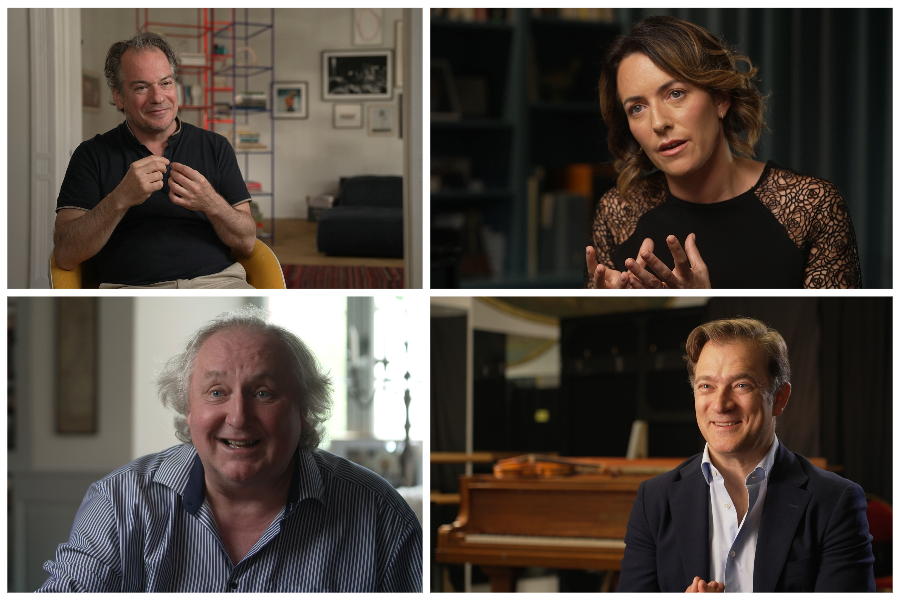
For this episode, the orchestra musicians relive the poignant atmosphere of this magic moment: Renaud Capuçon, Emmanuel Pahud, Reinhold Friedrich and Antonello Manacorda share their memories of their collaboration with Abbado and the occasion of this unique interpretation of Mahler’s music.



